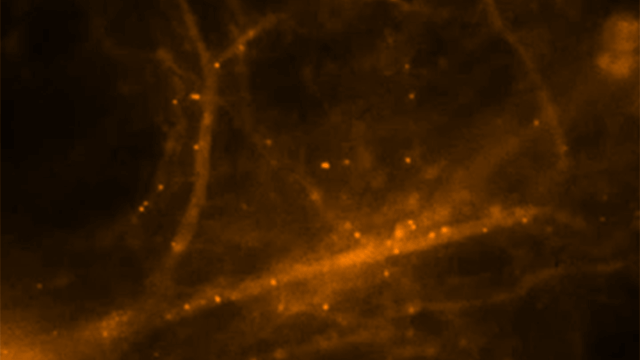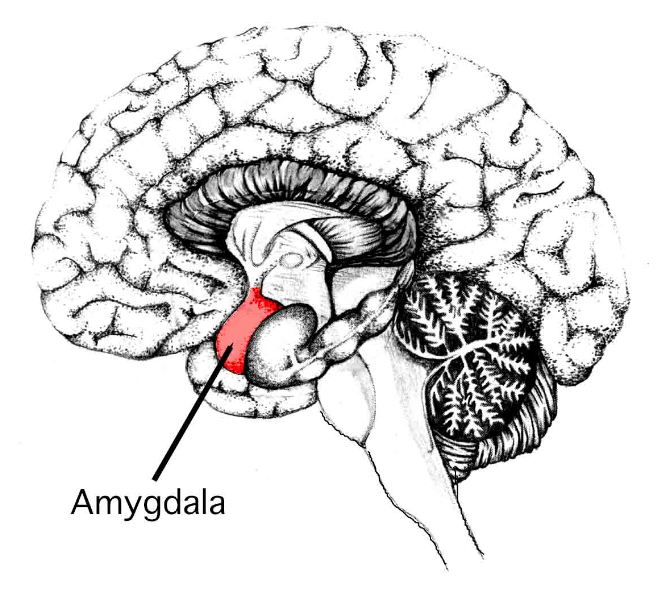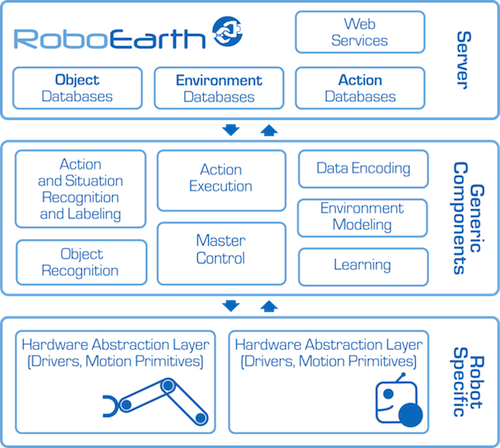Category: Brain
-

Fluorescent tags allow researchers to observe molecules becoming memories
https://www.einstein.yu.edu/news/releases/968/watching-molecules-morph-into-memories/ Albert Einstein College of Medicine researchers have used advanced imaging techniques to observe memory making molecules travel in real time in living brain cells. To look deeply into neurons without harming them, the researchers developed a mouse model in which they fluorescently tagged all molecules of messenger RNA that code for beta-actin protein – an…
-

Neurofeedback alters brain plasticity in PTSD
1. Tel Aviv University paper 2. Schulich School of Medicine paper Professor Ruth Lanius and colleagues at Western University’s Schulich School of Medicine have published a study showing that neurofeedback can improve subjective wellbeing in PTSD, potentially leading to new treatment options. Schulich researchers claim that this is “the first study to show that key brain networks involved in…
-

Collaborative cloud system for human-serving robots
http://www.roboearth.org/what-is-roboearth RoboEarth’s goal is to speed the development of human-serving robots. Scientists from five European universities gathered this week for its launch and demonstrated potential applications. This included a robot scanning a room’s physical layout, including the location of the patient’s bed, and the placing a carton of milk on a nearby table. The system is…
-
Brain processes images viewed for 13 milliseconds
http://web.mit.edu/newsoffice/2014/in-the-blink-of-an-eye-0116.html MIT professor Mary Potter has published a study showing that the human brain is capable of processing images viewed through the eyes for 13 milliseconds. This is significantly faster than the 100 milliseconds reported in earlier research. The study offers evidence that “feedforward processing” — the flow of information in only one direction, from retina through…
-
Minimally invasive multi-channel control system for prosthetics tested
http://www.multivu.com/mnr/65112-alfred-mann-foundation-u-s-marine-subject-fda-study-for-imes-system The Alfred Mann Foundation‘s first subject, a U.S. Marine, will receive its IMES System (implantable myoelectric sensor). The experimental system could be the first minimally invasive, intuitive, multi-channel control system for prosthetics, intended for long term use. It is being studied under the Investigational Device Exemption regulations of the U.S. Food and Drug…
-
K supercomputer runs largest neural simulation to date
http://www.telegraph.co.uk/technology/10567942/Supercomputer-models-one-second-of-human-brain-activity.html RIKEN, Okinawa Institute of Science and Technology, and Forschungszentrum Jülich researchers have used Japan’s K computer to run the longest brain simulation to date.With 705,024 processor cores, running at speeds of over 10 petaflops, it is ranked the world’s fourth-most powerful computer. Using Neural Simulation Technology software and 92,944 of its processors, the computer replicated one second of…
-
Ultrasound stimulation enhanced sensory performance in human brain
http://www.nature.com/neuro/journal/vaop/ncurrent/full/nn.3620.html Virginia Tech Carilion Research Institute scientists, led by Professor William Tyler, have demonstrated that ultrasound directed to a specific region of the brain can boost performance in sensory discrimination. This is the first example of low-intensity, transcranial-focused ultrasound modulating human brain activity to enhance perception. The scientists delivered focused ultrasound to an area of the cerebral…
-
Washington University developing interactive brain wiring diagram
http://www.nytimes.com/2014/01/07/science/the-brain-in-exquisite-detail.html?smid=tw-nytimes Computers and mathematical tools for analyzing vast amounts of data are making the goal of mapping the brain possible, as reported in today’s New York Times. Professor Deanna Barch leads Washington University’s project, which requires 1,200 healthy people, ages 22 to 35, to spend four hours over two days in a customized MRI machine. The…
-
Paraplegic may kick off 2014 FIFA World Cup using brain controlled exoskeleton
http://www.copa2014.gov.br/en/noticia/brazilian-neuroscientist-miguel-nicolelis-unveil-walk-again-project-fifa-world-cup-brazil Duke Professor Miguel Nicolelis‘s brain controlled exoskeleton technology may enable a paraplegic teen to kick off the 2014 World Cup in Brazil. The plan is for the teenager to walk onto the field, cock back a foot, and swing at a soccer ball, using a mechanical exoskeleton controlled by his/her brain. Motorized metal braces tested…
-
Johns Hopkins develops thought controlled prosthetic arm and “targeted innervation” technique
http://hub.jhu.edu/2013/01/02/prosthetic-arm-60-minutes The number of researchers developing advanced prosthetics, particularly thought controlled limbs, is increasing rapidly. This can significantly impact the lives of many. In Johns Hopkins Universty’s Applied Physics Lab, a motorized arm with a five fingered hand that operates much like human hand is nearing completion. Professor Michael McLoughlin and trauma surgeon Albert Chi have developed a…
-
“Neural Dust” records from thousands of sites in the brain
http://arxiv.org/abs/1307.2196 Current Brain-computer interfaces offer finite resolution, are hard to apply to many brain regions, and can only stay directly connected to the brain for a short period of time due to their invasiveness. Berkeley researchers have proposed an ultra-small, ultrasound-based neural recording system called “neural dust”. It consists of thousands of sensors that are 10-100 micrometers…
-
Kinect training promotes brain reorganization after stroke
http://www.nrronline.org/article.asp?issn=1673-5374;year=2013;volume=8;issue=31;spage=2904;epage=2913;aulast=Bao;type=0 Sun Yat-sen University researchers claim that Kinect based virtual reality training could promote the recovery of upper limb motor function in subacute stroke patients, and brain reorganization by Kinect based training may be linked to the contralateral sensorimotor cortex. They have completed a study in which they located the target brain region for Kinect…